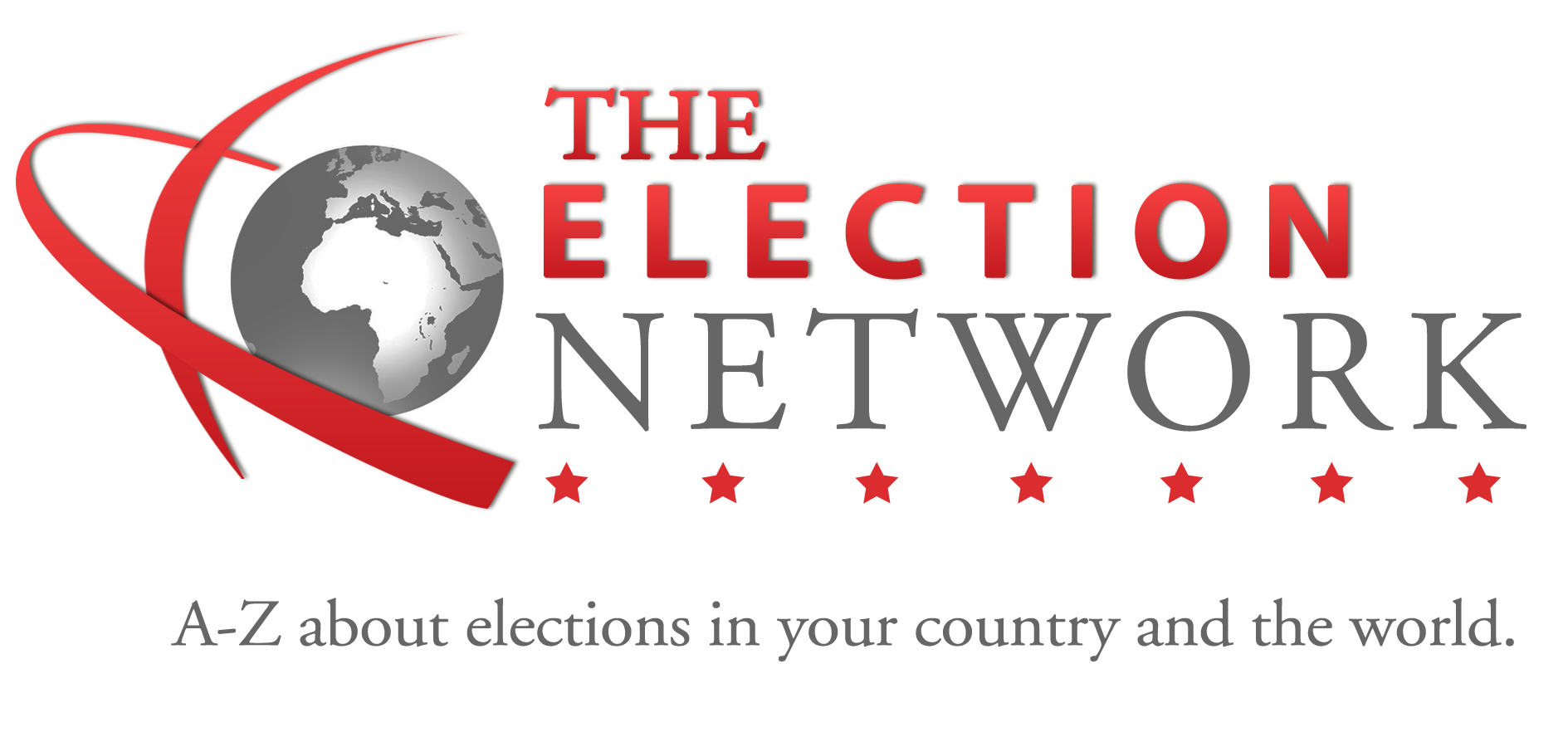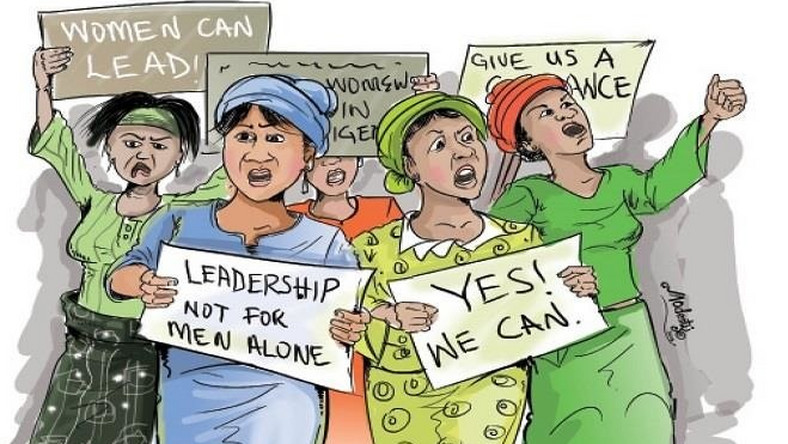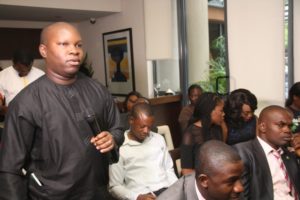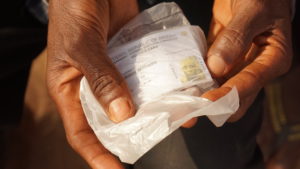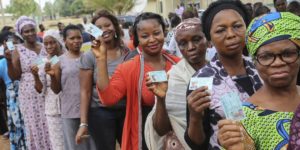Nigeria’s last population census revealed that women make up about 49% of the over 180 million citizens living in Nigeria. In spite of this, and two decades since its return to democracy, it is yet to produce any female President, Vice President or Governor through an election. Even in the National Assembly, women have never seen a robust representation and have only managed to lead the House once.
The emergence of the former governor of Anambra state, Virginia Etiaba as the first and only female governor in the history of Nigeria would have served as a slight game changer. Yet her time in office came by chance. She served for only three months, as Governor Peter Obi faced temporary impeachment and ceded power back to him on his return.
Aisha Alhassan, a Taraba state gubernatorial candidate came close. A tumultuous turn of events saw her defeated at the polls – an outcome which she challenged. She was initially reinstated but later removed by the supreme court.
The only glimmer of hope is with regards to representation of women in the non-elective positions but the quota promised by many political parties have yet to be reached.
Former President Goodluck Jonathan’s administration saw women take charge of some of Nigeria’s most important ministries: Petroleum, Finance and Economy.
Gender Balance on the decline in Nigeria
On the bright side, Sub-Saharan Africa leads the world in terms of the rate of increase in the political representation of women. In 1995, no African country had elected more than 30 percent women to their single or lower houses. But by 2015, twelve countries elected more than 30 percent women to such legislative houses; five elected more than 40 percent; while one (Rwanda) elected more than 60 percent.
In Nigeria, the case is different. Prior to coming into office in 2015, President Buhari promised to implement the national gender policy – designed to take more action towards ensuring that women fill 35% of appointed positions. But after his appointment as President, Buhari nominated 37 names to the senate for confirmation of which only six of were women, representing 16%. This numbers fall short of the global average of 22.5% and that of Sub-Saharan African countries which stands at 23.4%.
Dr Emilia Ezeude, the President of Women in Politics Interparty Network got down to the numbers. For Nigeria to attain effective female representation, she said: 40 and 120 of the total 109 and 360 seats respectively are to be filled by women.
But these numbers are far from possible within the current electoral cycle where it is expected that less percentage of women would constitute the National Assembly based on the number of female candidates being fielded alone.
Out of a total of 1,848 candidates currently vying for 109 senatorial seats, only 233 of them are females and the other 1,615 of them are males. In the house, the case is no different – of the 360 seats in the House of Representatives, 4,066 males are vying for the seats while there are just 569 female candidates. Only six women emerged before the presidential primaries and after the primaries the number dropped to three.
As more women continue to seek more political representation, the upcoming elections provide a platform for women to make their case. Even though the odds are significantly stacked against the female candidates in the race, the torch has been lit, and Nigerian women will no longer continue to play a dormant role.
